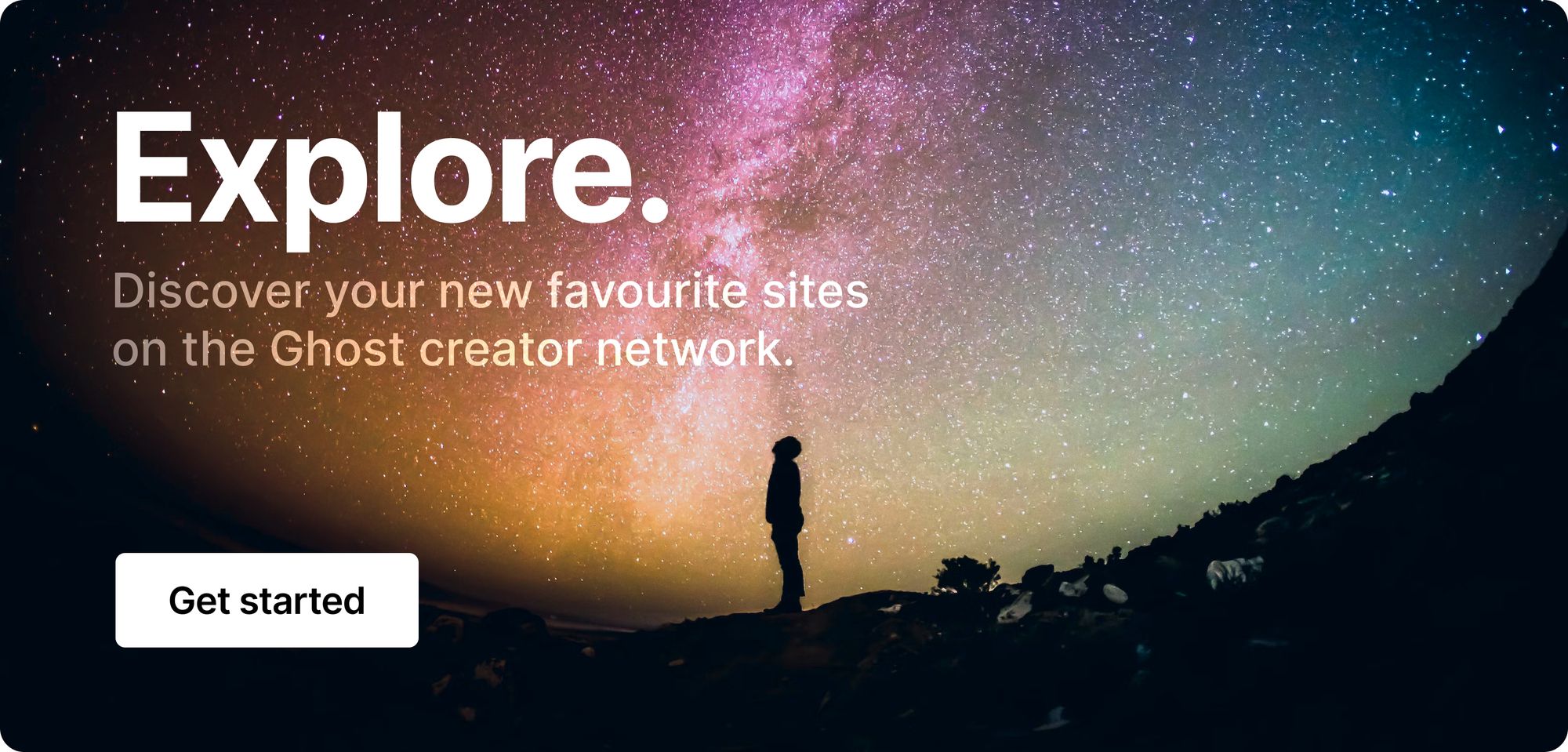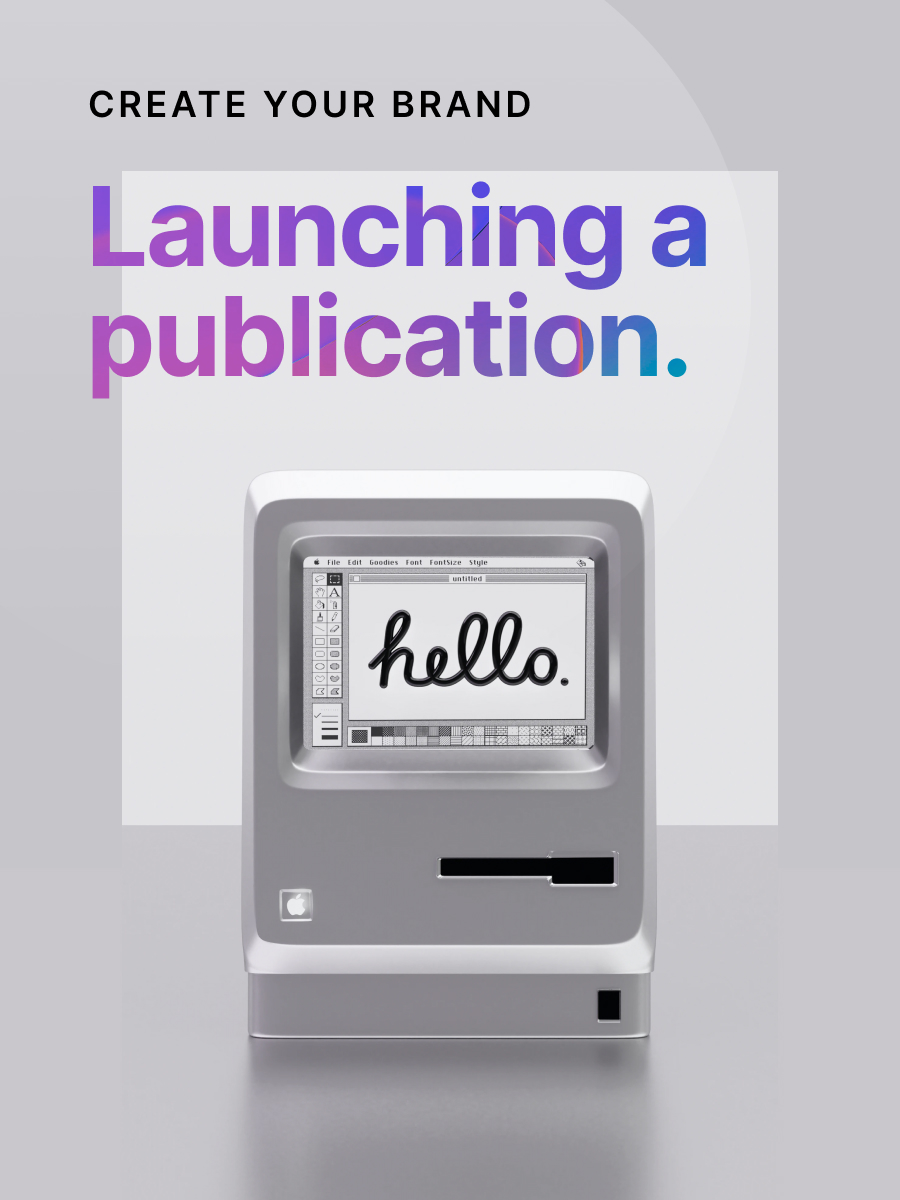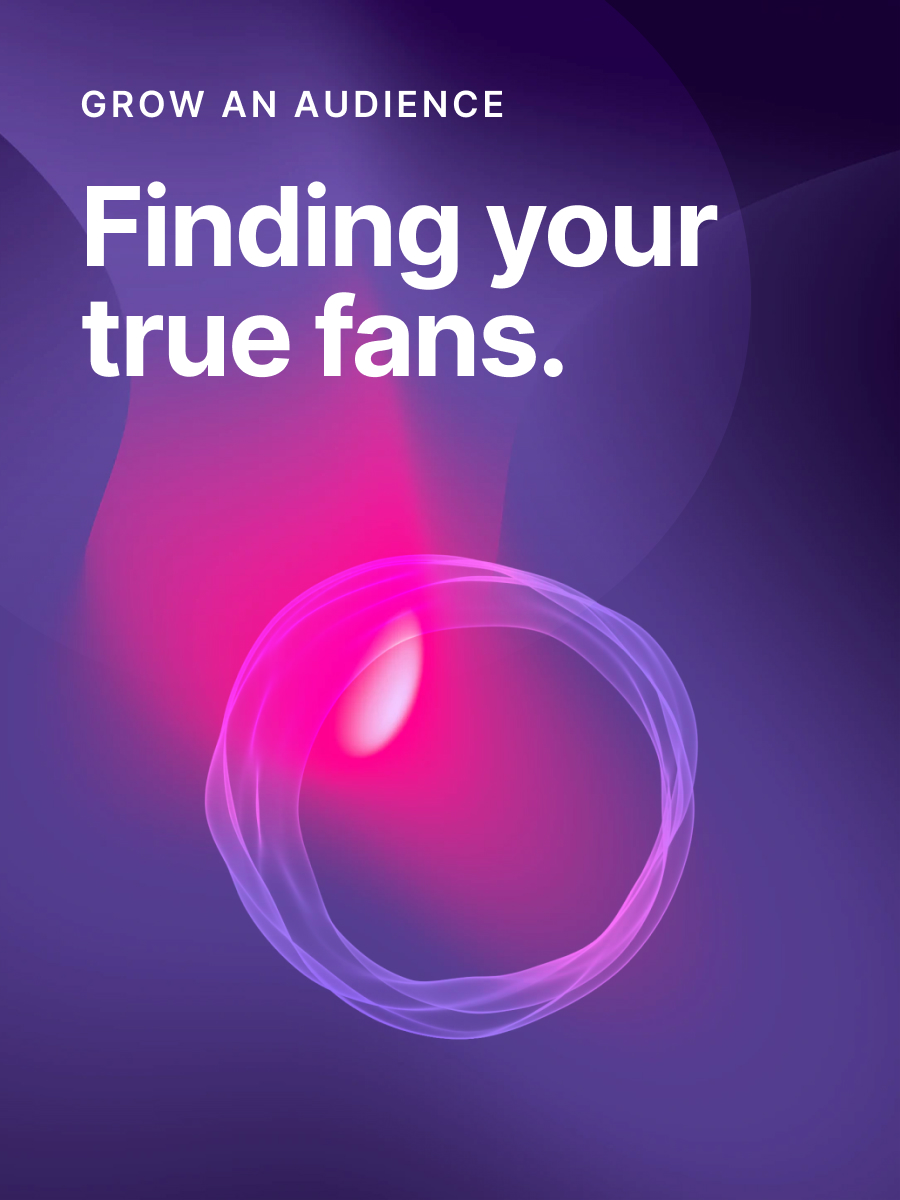🧱 Building your bedrock
When laying the foundation for your publication, it can be exhausting to figure out what structures to invest in and which systems will meet your customers' needs. How do you know what will be a benefit, and will that benefit eventually turn into a limitation? The pressure is pressuring, but we've got you covered. This week's newsletter is about starting with the right tech, finding the best tools for your belt, and why you should set up camp on an open platform. Let's go!
In this week's issue 📨
- Tech stack essentials
- Critical content creation tools
- Benefits of an open platform
Was this email forwarded to you? Subscribe here!
Stacks on stacks

A "tech stack" is the set of technologies you'll use to build, run, and grow your newsletter. Whether you're just getting started or thinking of switching publishing platforms, choosing the right tech stack for your needs is incredibly important. If you're stressing over choosing your stack solutions, we're here to help organize your thoughts and break down some of the leading tech options at your disposal.
Let's review the key components of the creator tech stack so that you can run your blogging business with ease.
Content management system
- Building a website for your business is a no-brainer in 2024, but you'll also need a content management system (CMS) that allows you to create, publish, and manage your content effectively. Having all your web content stored in one place allows easy access for change, growth, and sustainability.
- If you're reading this, you may already be giving Ghost a try. We're a CMS built for publishers, with complete content management, SEO, a clean editor, and memberships built in. Using a CMS like Ghost gives you tons of flexibility to customize your branding, organize your content, and grow your team.
- Whatever CMS you choose, you'll want to be sure that it allows you to publish dynamic content, gives your readers an easy way to subscribe, and provides an overall distraction-free environment so that you can get things done. Content management should be manageable.

Email service provider
- Growing your email list can be a core growth strategy for your publication. All kinds of businesses use email delivery as a success mechanism, but an email service provider (ESP) is especially pivotal for publishers since an email newsletter is part of the product you're selling.
- Thankfully, publishing platforms like Ghost have built-in email newsletter sending. This means you don't need to set up or pay for a separate service to deliver content to your subscribers' inboxes. If you need more sending power, you can still connect to an external ESP using custom integrations like Zapier.
- If your chosen publishing platform doesn't have native email newsletters, you may want to consider using an external ESP like EmailOctopus or MailerLite. These email marketing tools will allow you to send complex, targeted, and unique campaigns to your followers.
Payment processor
- Having the ability to process customer payments is the final crucial component of your tech stack. If you're trying to make a living from your creative work, choosing the suitable payment processor to handle all your transactions is vital for you and your members.
- Many publishing platforms already have their chosen payment processor built directly into their services, so you shouldn't have to think too hard about which is best. The most common payment processors are Stripe (online/international transactions) and Shopify (e-commerce).
- When choosing the right publishing platform for your business, be sure to research their policies on transaction fees. For example, two different platforms may offer Stripe as their payment processor but may have different rates regarding their transaction fees.
Interesting stories & ideas 📚
- How to save a failing newsletter – Journalism.co.uk
- Your content isn't the problem – Creator Science
- Get replies from your dream customers – Justin Welsh
- The race to win personal AI – Creator Economy
- Many people don't pay full price for news – NiemanLab
Tools of the trade

Now that you're familiar with your tech stack's key components, what happens when you're ready to dive into the deep end of your digital space? Choosing the right tools and integrations to add to your stack can help you produce higher-quality posts, better-organized content, and more robust marketing. There's a lot to pick from, so how do you know if you're on the right track?
Rachel Handley, senior content writer at Semrush, breaks down some of the best creation tools for making your content more efficient and effective.
#1 Content research tools like Keyword Magic Tool and Google Trends show what people are searching for in Google and what's trending right now. You can research any topic to get inspiration, develop existing ideas, and take a more data-driven approach using all the information you've gathered.
#2 Content writing tools like ChatGPT and Grammarly can assist you in improving your writing and increasing your search engine rankings. Just be cautious about how you use AI tools, as they may sometimes provide inaccurate information or duplicated content. A human touch is always a must!
#3 Image tools like Canva and Unsplash can help you create or find eye-catching visuals for multiple marketing channels, such as your publication, newsletter, and social media accounts. Both are user-friendly and offer free services for publishers just starting out and looking to save wherever possible.

#4 Video tools like Descript and WebinarNinja make it simple to produce professional-quality videos or host engaging webinars and livestreams. In today's visual world, combining attractive video content with your wonderful writing to connect with your audience just makes sense.
#5 Podcasting tools like Buzzsprout and Alitu can store your podcasts online, automatically clean up your audio files, and distribute them to your chosen platform. Podcasting has surged in recent years, so having the right audio tools can help you take advantage of this trend to boost your blog.
#6 Content planning tools like Google Workspace and Trello are essential for all forms of content creation. Planning your content helps you determine what tasks need to be done, set deadlines, and effortlessly increase overall productivity so you can see quality results fast.

Open for business

When deciding on a publishing platform, it's wise to consider how your business may look a month, quarter, or even a year from now. Your needs and wants will grow and change over time, so you may not stick with the same ecosystem forever. That's why understanding the differences between open and closed platforms is critical to your ability to own your data and move it if needed.
The team at MYOB explains some of the benefits of choosing an open platform for your publication that can help future-proof your business.
‣ Closed platforms can be easier to use right out of the box but tend to have fewer features and lock in your data. Open platforms give you full ownership of your own payments and customer info, allowing you to freely move your content and your business between different services.
‣ Open platforms allow you to seamlessly integrate specialized tools and custom applications so that you can quickly adapt as your business evolves. You may need to run additional SaaS subscriptions when using a closed platform, undermining your productivity and growth.

‣ Developers, partners, and users can continuously improve an open platform by offering new ideas and applications to enhance functionality, create value, and stimulate innovation. Closed platforms are usually much less collaborative and not very moldable by their users.
‣ An open platform's flexibility allows you to be much more agile in adapting to changing markets and emerging trends. Choosing an open platform from the start helps you future-proof your business from anything your field may throw at you. Having the ability to scale and diversify on a whim is extremely powerful.
‣ Businesses that choose an open platform tend to run much more efficiently and seamlessly than those on a closed platform. This means that your costs will be lower and your profits will be higher, providing a solid return on your investments that will keep you pushing forward.
Curator's pick ✍️

Enjoy this newsletter? Forward to a friend or hit reply to share your thoughts. We don't bite! 👻
Want more how-tos? Search our library of tutorials and subscribe to our monthly "Build with Ghost" newsletter.
Join our Ghost Creator Community! Connect with like-minded people who create content professionally — apply here.






